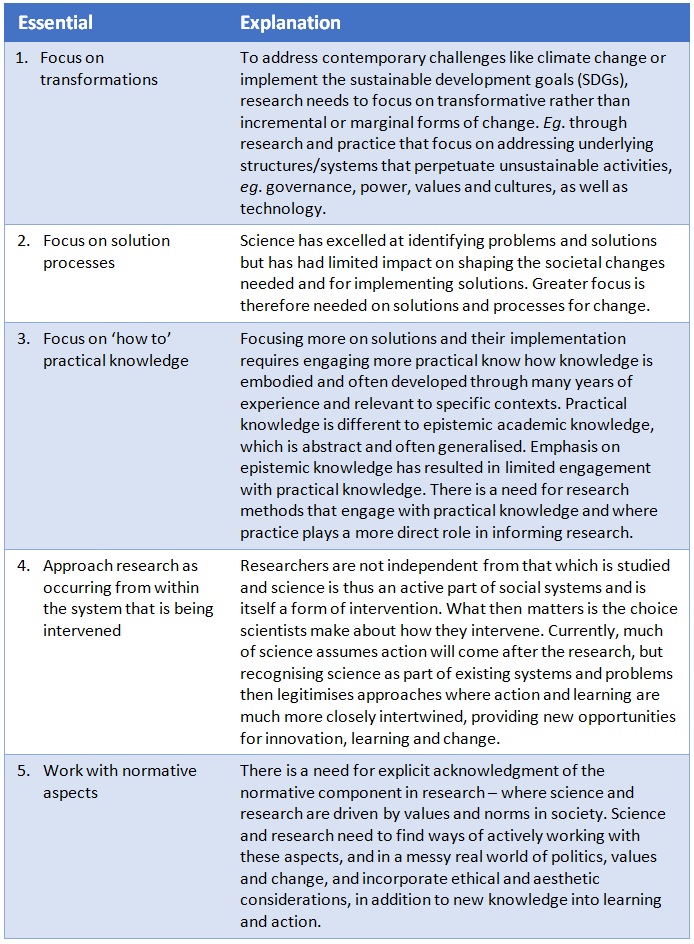Blog #1 Ecosystem Governance is an Emerging Profession
/Four decades ago I was drawn into what I have come to believe is an emerging discipline that is best described as ecosystem governance. I came in through Coastal Zone Management (CZM) as it took in shape in Rhode Island, the smallest of US states. Fifteen years later, in international circles, the term for about the same thing was Integrated Coastal Management (ICM). A host of other variants followed that emphasized the connection between the land and the sea, or upon one attribute or problem - such as biodiversity loss or over fishing or protected areas. Most recently an overarching umbrella for initiatives that addresses both the environment and people has been termed Ecosystem Based Management (EBM) or, more simply, the ecosystem approach. As defined by one often quoted source, EBM calls for analysis, planning and decision making that considers the entire ecosystem, including humans, and evaluates the cumulative impacts of diverse human activities in order to regulate human activities in a manner that maintains or restores an ecosystem to a healthy, productive and resilient condition that provides the services that humans want and need (McLeod et al, 2005). The practice of EBM therefore addresses the interplay between people and the living systems of which they are a part in specific places. The area of focus may be as small as a village or it may be a province (or state), a watershed, a nation or the planet as a whole.
Read More





